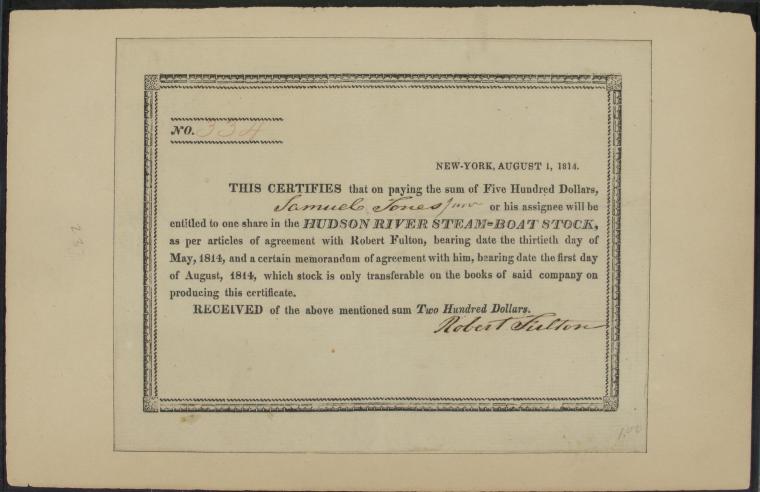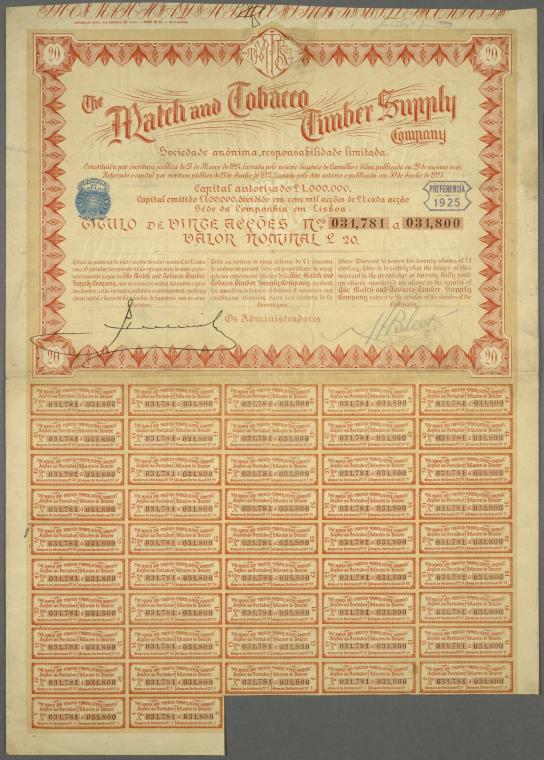Hey Dude! Where's My Company? Stocks from Nonexistent Businesses

 Where can we find the sad stories of the death of companies? Perhaps a company has gone into bankruptcy, succumbed to a hostile takeover, been sold to the highest bidder, changed its ticker symbol, its name, or its forms — oftentimes in a confusing flurry of transactions. All gone. Or at least so it appears. Many companies may survive, but the connection between their fore and aft identities seems uncertain.
Where can we find the sad stories of the death of companies? Perhaps a company has gone into bankruptcy, succumbed to a hostile takeover, been sold to the highest bidder, changed its ticker symbol, its name, or its forms — oftentimes in a confusing flurry of transactions. All gone. Or at least so it appears. Many companies may survive, but the connection between their fore and aft identities seems uncertain.
For a great many of these questions received at SIBL, our first recommendation for a point of reference has generally been Capital Changes Reporter. This Commerce Clearing House multi-volume set is now included in our recently added electronic resource, Wolters Kluwer's CCH Omnitax Library (reported on earlier in these blog posts). The research need it is intended to fill — a history of changes in corporate capital or debt structures — is very often done for tax purposes, which explains why it is included in Omnitax. Of course there may be other reasons why readers will want to use it and some situations where other resources may be more appropriate.

 Disclosure: I have managed to limit my personal collection of certificates to one. The certificate itself isn't necessarily outstanding, but the letter that came with it is really rather interesting. Ah, to have occupied Wall Street in those days before the U.S. Securities Laws!
Disclosure: I have managed to limit my personal collection of certificates to one. The certificate itself isn't necessarily outstanding, but the letter that came with it is really rather interesting. Ah, to have occupied Wall Street in those days before the U.S. Securities Laws!
Read E-Books with SimplyE
 With your library card, it's easier than ever to choose from more than 300,000 e-books on SimplyE, The New York Public Library's free e-reader app. Gain access to digital resources for all ages, including e-books, audiobooks, databases, and more.
With your library card, it's easier than ever to choose from more than 300,000 e-books on SimplyE, The New York Public Library's free e-reader app. Gain access to digital resources for all ages, including e-books, audiobooks, databases, and more.
If you don’t have an NYPL library card, New York State residents can apply for a digital card online or through SimplyE (available on the App Store or Google Play).
Need more help? Read our guide to using SimplyE.